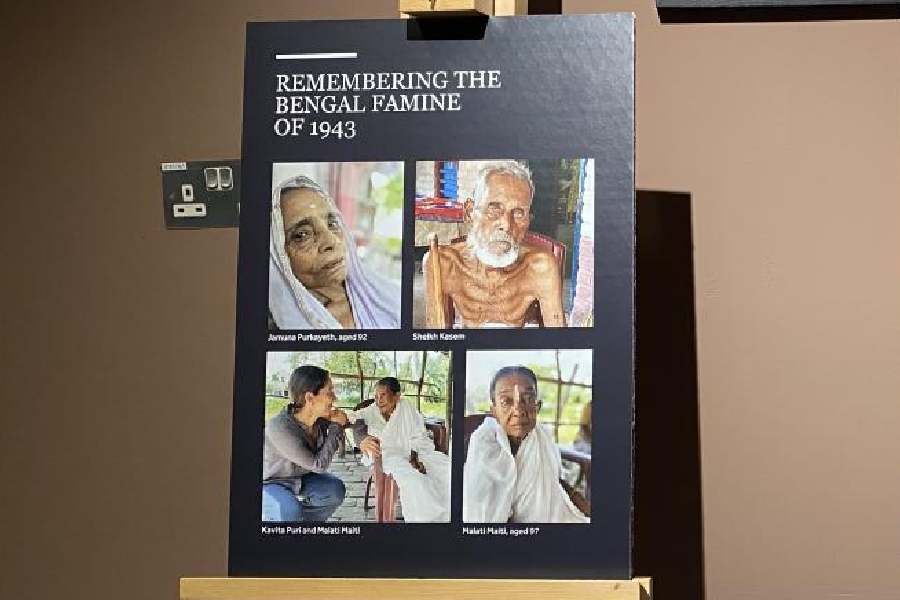 |
It’s well known by now that Indians feel they are happy at work. The Western world is unable to accept that. (How can people stealing our jobs by agreeing to work for peanuts feel happy about it?) So the various studies — conducted by organisations of the Western world — come with warnings or an element of disbelief.
A recent report by global HR consultancy Mercer puts Indian workers at a “happiness” level of 25 per cent, Mexico 19 per cent, China 15 per cent and the US 1 per cent. At the other end of the scale is Japan with minus 23 per cent. Qualifies Mercer: “it might be easy to conclude that, in general, Indian employees are delighted with their work situation and may be more engaged, while their Japanese counterparts are less engaged. But these results do not tell the whole story.”
From a commitment classification point of view, India is described as engaged. It comes with a further qualification — Indians are engaged “now”. Says Mercer: “In India, employees cite the type of work and their promotion opportunities as the foremost motivators, and for the most part, employers are meeting their needs. Workers send favourable signals of commitment: four-fifths say they would recommend their organisations as ‘a good place to work.’ But given the opportunities opening up in such a dynamic economy, Indian managers need to stay on top of what workers value — including helping workers understand the rewards package and programmes being offered.”
What are the characteristics of some other countries?
France: French workers prize work / life balance yet they also place a premium on providing good service to customers.
UK: British workers are very positive about their organisations’ emphasis on customer satisfaction but they feel their organisations’ reputations have lagged behind.
US: American workers look for respect and place a premium on career advancement. Four-fifths of those who feel they are treated with dignity are willing to go beyond the call of duty.
Brazil: In general, employees in Brazil rate their organisations quite positively: more than three-quarters are proud to work for their organisations, and four-fifths are confident that their organisations will be successful in the future.
China: For Chinese employees, benefits rate highly as a drive of engagement. Yet this is an area where many employees are dissatisfied — a reflection, perhaps, of the lack of developed social security infrastructure in the new market-oriented China.
The Mercer study is right about India in one way; the country is on the threshold of change. Everyone rants at family businesses. But the truth is that in such organisations, you are regarded as a human being, not an anonymous number. The patriarch may treat you like dirt; he may slap a senior manager on the shopfloor in front of all the workers. But that’s the way he would also treat his son.
With all their warts, family businesses have their plus points. Today “professionalism” is knocking on the door. MNC consultants are waiting to tell you that you don’t know your business. At B-schools, Indian management styles have been dustbinned as western theories consolidate their grip.
The baby has been thrown away with the bathwater. There were parts that were good in the embryonic discipline. It should be exposed to the outside world, sure. But it should also be allowed to grow. Employee engagement doesn’t develop if you define it in cold terms such as engagement.
THE MERCER MODEL
The hierarchy of worker commitment
Satisfied
Employees perform their jobs and are satisfied with the terms and conditions of employment. Generally, they are content to work alone and do not require a great deal of management oversight. At the same time, they are not necessarily willing team players and tend not to go “above and beyond” in their efforts.
Motivated
In addition to sharing some of the attributes of satisfied employees, motivated workers contribute energetically and are highly focused individual contributors. Mainly, though, they are striving to achieve individual goals more than team or organisational goals.
Committed
Employees have thoroughly internalised the behaviours represented by the earlier stages of the engagement model, but have also forged a strong identification with the organisation. They are loyal to the company and optimistic about its future. They are also openly ambitious and believe the organisation will enable their best performance. Above all, they have a sense of belonging, feeling valued and involved, and are thus resilient in response to short-term setbacks or dissatisfactions.
Advocate
Employees who have reached this stage have a mutual and vested interest in the organisation’s success. They freely contribute discretionary effort — a willingness to go the extra distance. They perform to the highest standards and apply creative energy to their work and the work of their teams. They speak positively about the organisation’s products and services and recommend it as an employer. They are also willing to withhold
criticism and/or be constructively critical for the good of the organisation.
Source: Edited from Engaging employees to drive global business success: Insights from Mercer’s What’s Working research










